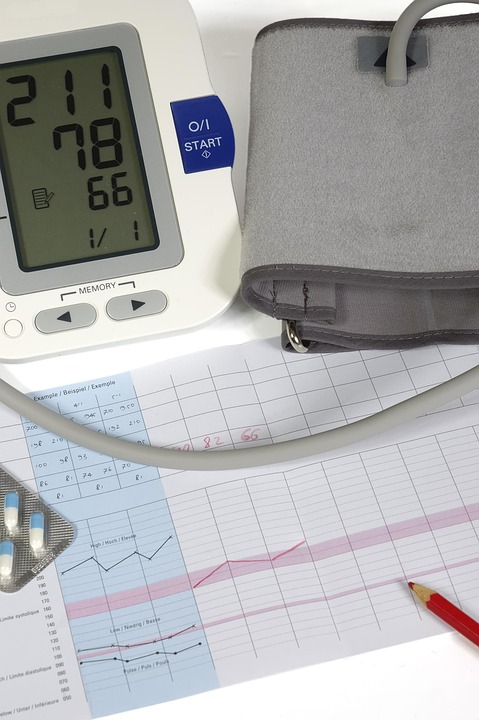
Reading Between the Numbers: Deciphering Your Blood Pressure Readings for Better Health
Blood pressure readings are a crucial aspect of our health, providing valuable insights into our cardiovascular well-being. However, deciphering these numbers can be a daunting task, especially for those who are not familiar with the terminology and implications. In this article, we will delve into the world of blood pressure readings, exploring what they mean, how to interpret them, and what steps you can take to maintain a healthy blood pressure.
Understanding Blood Pressure Readings
A blood pressure reading consists of two numbers: systolic and diastolic. The systolic number, which is the top number, represents the pressure in your arteries when your heart beats, pumping blood throughout your body. The diastolic number, which is the bottom number, represents the pressure in your arteries when your heart is at rest between beats.
For example, a blood pressure reading of 120/80 mmHg indicates that the systolic pressure is 120 mmHg and the diastolic pressure is 80 mmHg. The “mmHg” stands for millimeters of mercury, which is the unit of measurement used to express blood pressure.
What Do the Numbers Mean?
Now that we understand the basics of blood pressure readings, let’s explore what the numbers mean. Here’s a breakdown of the different blood pressure categories:
- Normal blood pressure: Less than 120/80 mmHg
- Elevated blood pressure: 120-129/80 mmHg
- Stage 1 hypertension: 130-139/80-89 mmHg
- Stage 2 hypertension: 140 or higher/90 or higher mmHg
Having a blood pressure reading that falls into the normal category is ideal, as it indicates a lower risk of heart disease, stroke, and kidney disease. On the other hand, high blood pressure can increase your risk of developing these conditions, making it essential to take steps to manage and control your blood pressure.
Factors That Influence Blood Pressure Readings
Several factors can influence your blood pressure readings, including:
- Age: Blood pressure tends to rise with age
- Family history: A family history of high blood pressure can increase your risk
- Weight: Being overweight or obese can contribute to high blood pressure
- Diet: Consuming a diet high in sodium, sugar, and saturated fats can increase blood pressure
- Physical activity: A sedentary lifestyle can contribute to high blood pressure
- Stress: Chronic stress can raise blood pressure
Tips for Maintaining a Healthy Blood Pressure
Fortunately, there are several steps you can take to maintain a healthy blood pressure:
- Monitor your blood pressure regularly: Keeping track of your blood pressure readings can help you identify any changes or concerns
- Maintain a healthy weight: Losing weight, if you’re overweight or obese, can help lower your blood pressure
- Exercise regularly: Engaging in physical activity, such as walking or swimming, can help lower blood pressure
- Follow a balanced diet: Eating a diet rich in fruits, vegetables, whole grains, and lean protein can help lower blood pressure
- Reduce sodium intake: Limiting your sodium intake to less than 2,300 milligrams per day can help lower blood pressure
- Manage stress: Engaging in stress-reducing activities, such as meditation or yoga, can help lower blood pressure
Conclusion
Reading between the numbers and deciphering your blood pressure readings is crucial for maintaining better health. By understanding what your blood pressure readings mean and taking steps to manage and control your blood pressure, you can reduce your risk of developing heart disease, stroke, and kidney disease. Remember to monitor your blood pressure regularly, maintain a healthy weight, exercise regularly, follow a balanced diet, reduce sodium intake, and manage stress to keep your blood pressure in check. Consult with your healthcare provider if you have any concerns or questions about your blood pressure readings.